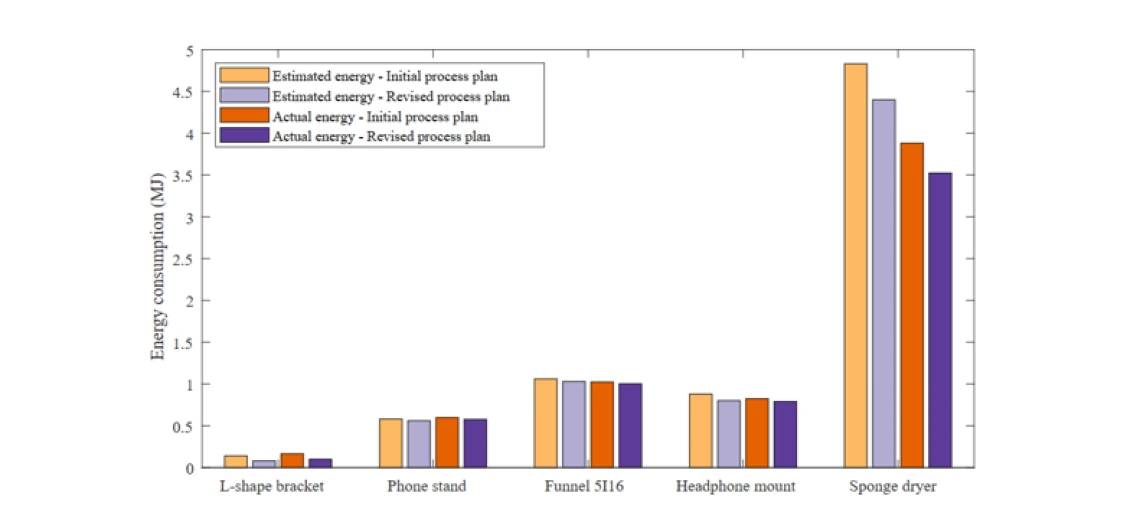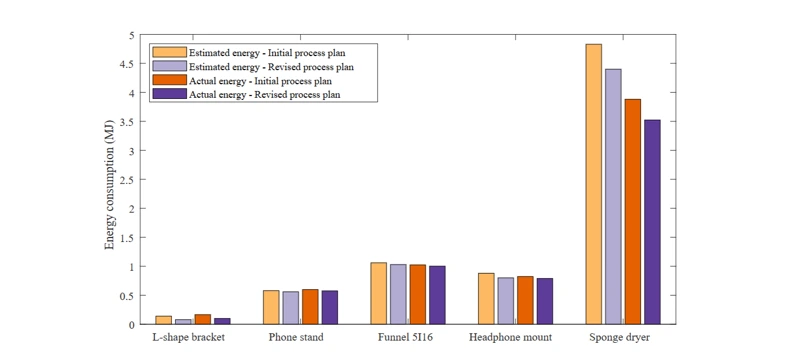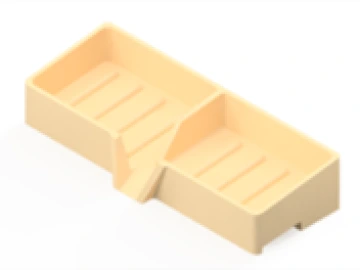My Green 3DP Story

First Steps
This is the story of an idea born out of a routine discussion at a weekly progress meeting with my research advisor in the Spring of 2022. I was very eager to share possible new research directions for 3D printing that I had been reading about. Although some ideas were put in the recycling bin, a key direction seemed promising – an idea about the sustainability of 3D printing. 3D printing is very common in our world today. We can make toys, decorations and spare parts using 3D printing. It also has several applications in the automobile, biomedical and aerospace industries, as 3D printing can make complex shapes that are difficult or impossible to make using other methods.
However, there is current debate about the tradeoffs of 3D printing’s impact on the environment. While 3D printing has the potential to reduce energy consumption in the manufacturing industry by 5% (Gebler et al., 2014), it can also generate a significant amount of waste over time. And there is uncertainty regarding how much energy 3D printing uses.
The makerspace community includes hobbyists, engineers, educators, and students who share access to fabrication and creative tools like 3D printers, laser cutters, and sewing machines. This community plays a vital role in fostering innovation and collaboration, especially on college campuses. By engaging both 3D printer users and makerspace leaders, I wanted to investigate the possibility of using open-source tools to promote sustainability centered behaviors and educate the general community on alternative practices to achieve sustainability goals.
A Special Message
Like most graduate students, I discovered and applied for several fellowships that aligned with my idea and formed collaborations for the continued development and expansion of my projects. In March 2024, I received an email in my inbox that read: “Congratulations! It is my pleasure to announce that you have been selected for the 2024 Environment & Society Fellows program!” The Environment and Society fellowship program provided me with an opportunity to practice collaborative research and clearly communicate my scientific research findings. The project I proposed was challenging. I was trying to explore how makerspace sustainability might be promoted through education and open-source tools. The aim was to equip makerspaces with decision making tools for energy consumption and practicing sustainability. These tools can provide a framework for other academic institutions and create a shared platform for meaningful collaboration to encourage a sustainability mindset within the makerspace community to mitigate negative environmental impacts.
Fellowship Time
My fellowship experience revealed the importance of collaboration and how it shaped my perspectives on problem solving. Trying to understand the needs of partners can help design impactful outcomes for any project. By interacting with makerspace leaders, and observing makerspace workflows, material choices and printing practices, I could understand hotspots for inefficiencies in energy usage and waste generation. The beginning months of my research were focused on clearly defining the needs of my partners at the makerspace and refining the energy plugin (an open-source tool) to guide users towards sustainability centered decisions. The plugin demonstrated the potential benefits of minimizing energy usage for different products when a user is provided with noticeable feedback on the energy required to make an object .
The input of my mentors and makerspace community were invaluable, as they urged me to rethink my problem-solving approach and the limitations in my work. One breakthrough, shown in the picture below, was when I used the tool to demonstrate the environmental impact tradeoffs for different process plans for a variety of 3D models. This showed how people at the makerspace can revise their choices to reduce their energy consumption when making an item.

I also tested my approach to demonstrate how people might respond using the open-source tool. I realized that there was an opportunity to draw more attention and engagement to the tool using color and information that help drive users toward the goal of being energy efficient.
As the fellowship year ends, the project has yielded many positive outcomes. The feedback and encouragement during fellowship meetings were catalysts for continued success in my project. The meetings presented an opportunity to clearly communicate my project progress and learn from other fellows in the program.
Final Steps
Overall, I learned that the value of my project may not necessarily be the final product or tool, but rather the collaborations formed with partners to address a common goal. Collaborations are constantly evolving and expanding to address resource shortages or areas that may not be covered by any single individual. I learned to communicate my research design and project results in ways that make sense to the makerspace community. Members of the makerspace community made suggestions that enabled me to achieve the set outcomes of my research. This type of engagement with partners not only improved the relevance and accuracy of my project but also increases the likelihood that the study outcomes will be implemented and have a meaningful impact within the makerspace community.

Sponge dryer 3D model
Reference
M. Gebler, A.J.M.S. Uiterkamp, C Visser, A global sustainability perspective on 3D printing technologies, Energy Policy, Volume 74, 2014, Pages 158-167, ISSN 0301-4215, https:doi.org/10.1016/j.enpol.2014.08.033.

